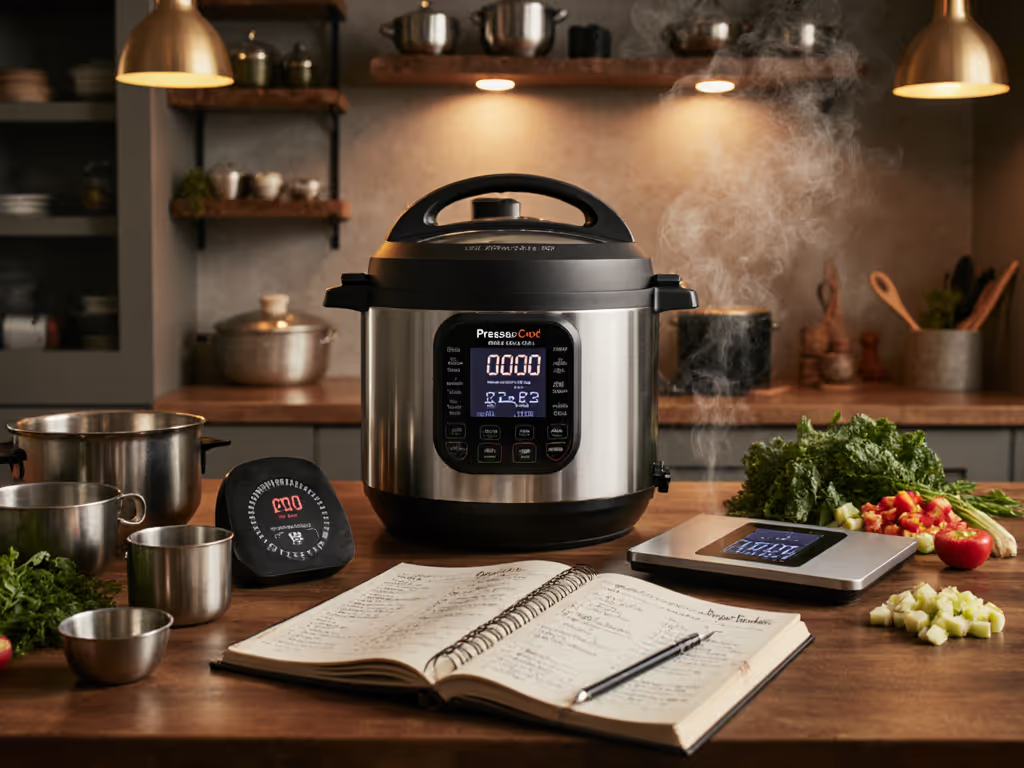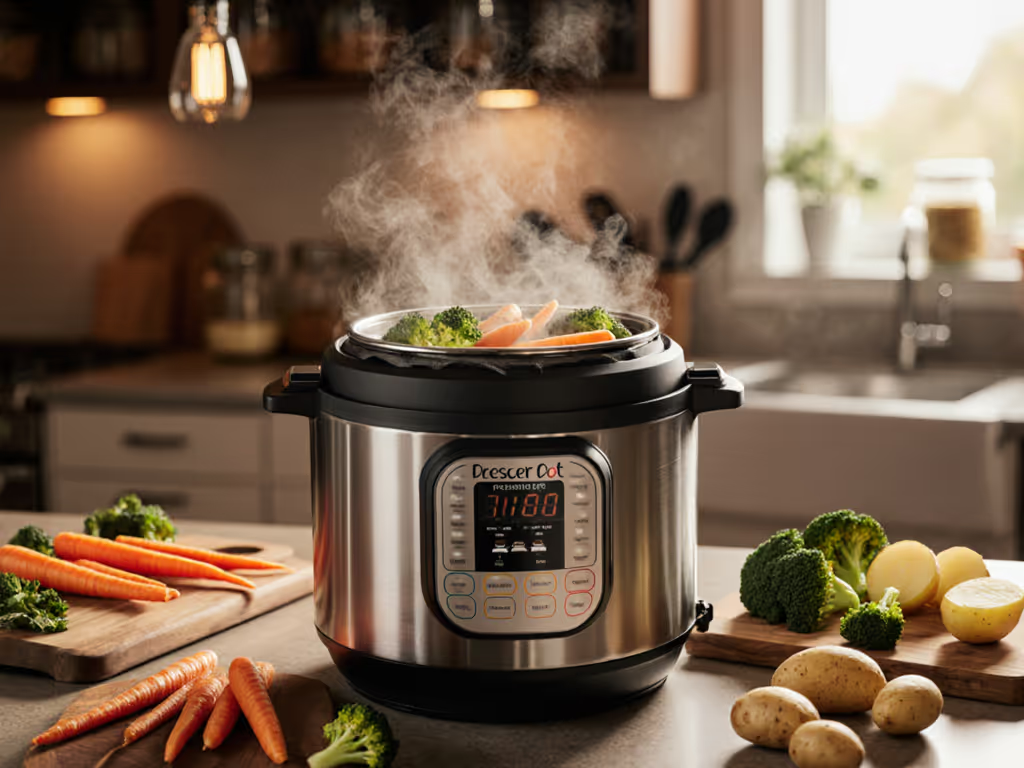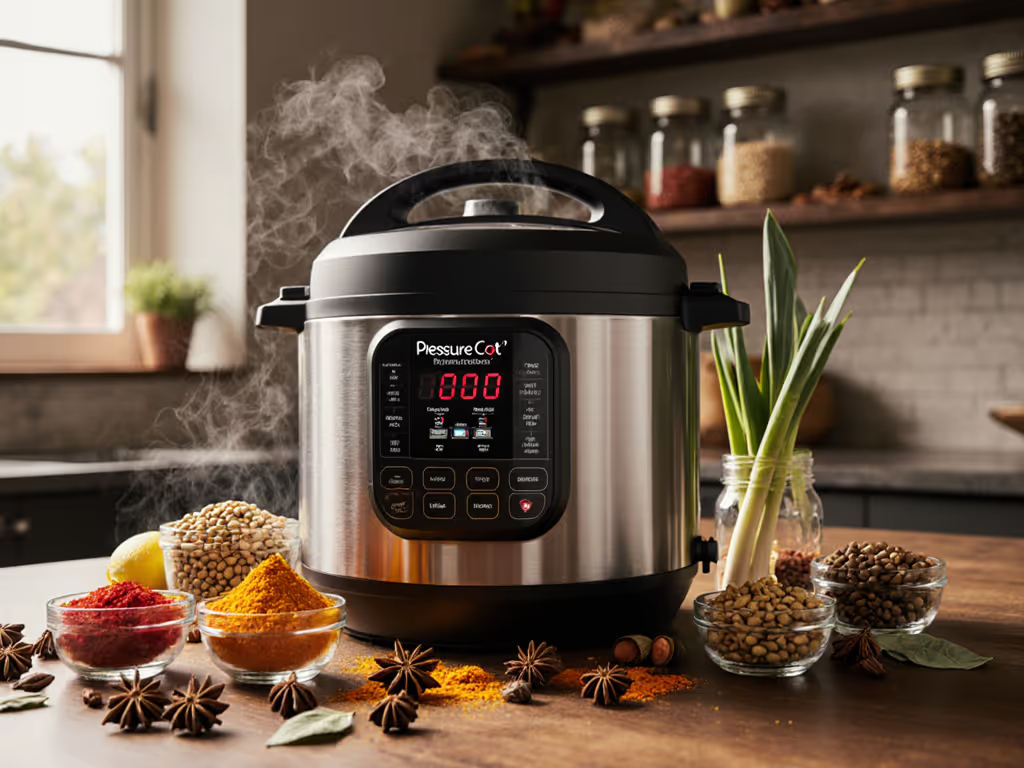
Stop Guessing: Pressure Cooking Recipe Conversion Made Simple

Value shows up in leftovers, not launch-day hype. That's why mastering pressure cooking recipe conversion isn't about fancy gadgets, it's about translating kitchen math into reliable, repeatable meals. Whether you're adapting recipes for pressure cooker stovetop models or budget-friendly electrics, the core truth remains: adapting recipes for pressure cooker success hinges on predictable liquid ratios, time adjustments, and understanding why your recipes fail. After tallying the gasket, pot, and shipping costs of a failed multicooker (a saga that cost me $23.78 in wasted parts), I learned that repairable tools beat feature-packed flakes. Let's turn confusion into confidence (without the guesswork).
Why Your Conversions Fail (And How to Fix Them)
Most pressure cooking disasters trace back to three fixable gaps: inconsistent liquid rules, misunderstood time math, and release method errors. These aren't recipe flaws, they're system gaps. If you're dealing with BURN errors or failure to pressurize, use our pressure cooker troubleshooting guide. Consider this: a slow cooker chili might call for 4 cups of liquid, but pressure cooking requires precision. Overflowing pots and "BURN" errors often mean liquid was under 1 cup below the minimum needed to create steam (1-1.5 cups total, per industry safety standards). Yet too much liquid drowns flavors, forcing you to reduce sauces post-cook, wasting energy and time.
Your liquid checklist:
- ✅ Minimum liquid: Always hit 1-1.5 cups total (including broth, tomatoes, etc.)
- ✅ Water-rich ingredients: Count zucchini or salsa toward this total, they release steam
- ✅ Pasta/grains: Add 3/4 cup extra liquid per 1/4 lb dry weight (e.g., 2 cups liquid for 8oz pasta)
- ❌ No guesswork: Skimping below 1 cup risks scorching; exceeding 1.5 cups dilutes flavor
Pressure Cooking Time Adjustments: Beyond the 1/3 Myth
"Cut time to one-third" oversimplifies reality. Pressure cooking time adjustments depend on what you're cooking, not just the original duration. A pot roast simmered for 3 hours becomes 45 minutes under pressure, but stewed beans go from 2 hours to 25 minutes, not 40. Why? Tough cuts (like chuck roast) need sustained pressure to break down collagen, while starches (beans, lentils) cook faster but vary wildly by age and soak time. Never scale time by batch size. Double the ingredients, but keep cooking time identical (per FDA guidelines). Only pre-pressurization time increases with volume.
Time conversion cheat sheet:
| Original Method | Pressure Cook Time | Critical Adjustment |
|---|---|---|
| Stovetop braise | 40-50% of original time | Natural release 10+ min |
| Slow cooker (low) | 15-25% of original time | Reduce liquid by 30% |
| Oven braises | 30-40% of original time | Quick-release for fish |
| Dried beans (unsoaked) | 25-30 min | Add 1 cup extra liquid |
Key insight: The "per-meal" cost of failed conversions adds up fast. Burning one $8 batch of chili wastes $1.07/meal. Mastering conversions turns $1.99 dry beans into $0.47/meal servings (if you nail the liquid math).
Release Methods: Where Texture Lives or Dies
Choosing between quick release (QR) and natural release (NR) isn't optional, it is texture control. Quick release halts cooking instantly, ideal for vegetables or seafood that overcook in residual heat. Natural release lets pressure drop gradually, crucial for:
- Starchy dishes (risotto, oatmeal) that foam and clog valves
- Tough meats (ribs, pot roast) needing 10-15 minutes of residual heat to tenderize
- High-liquid recipes (soups, broths) avoiding violent steam bursts
When to choose which:
- Quick release: Delicate items (fish, peas), pastas, or when stopping cooking immediately matters
- Natural release: 10+ minutes for meats; 5+ minutes for grains/beans; always for high-starch liquids
- Hybrid method: For most dishes, do 10 minutes NR then QR, which prevents sogginess while ensuring safety
Altitude, Pot Size & Other Silent Variables
Conversions ignore these at your peril. At 5,000 feet, water boils at 203°F (not 212°F), so increase cooking time by 15% (5% per 1,000 ft over 2,000 ft). A Denver cook needs 29 minutes for dried beans instead of 25. Get step-by-step high-altitude pressure cooking adjustments for your exact elevation. Pot size matters less for time, but a 6-qt cooker reaches pressure 2-3 minutes faster than an 8-qt. Never fill past 2/3 full (1/2 for foamy foods like beans), or you'll risk clogged valves.
And while we're flagging recurring part costs: silicone gaskets degrade after 18 months (or 500 uses), costing $8-$12 to replace. Cheaper cookers force full-unit replacements when seals fail, proof that repairable parts beat disposable "smart" features. That's how you buy once, service long.
Your Action Plan: Convert Any Recipe in 3 Steps
- Audit liquids: Ensure 1-1.5 cups total. Reduce broths/waters by 20% if the recipe has tomatoes, wine, or watery veggies.
- Adjust time scientifically:
- Tough meats: 45-60 min NR
- Grains/beans: 20-30 min + 10 min NR
- Vegetables: 0-5 min QR
- Test and log: Note total time to eat (preheat + cook + release). A "30-minute" recipe might take 42 minutes, planning for release time prevents dinner panic.

Final Reality Check: Skip the Gimmicks
You don't need a $150 "smart" cooker with 15 programs. A basic $60 pot with replaceable gaskets and clear pressure indicators handles 95% of conversions. Avoid recipes demanding "high" or "low" pressure, most modern electric units run at 11.6-12 PSI (equal to stovetop "high"). Focus on the variables you control: liquid, time, and release. Master those, and you'll feed a family of four on $1.32 lentil soup while the multicooker crowd troubleshoots error codes.
Your next step: Grab a dried bean recipe you trust. Convert it using the liquid/time/release rules above. For exact times and no-soak methods, use our pressure cooker bean guide. Then log your results: what worked, what didn't, and how much per meal it cost. That notebook (not a glossy product) becomes your real kitchen heirloom. Because when pressure cooking recipe conversion clicks, you're not just saving time. You're banking confidence, one reliable meal at a time.




